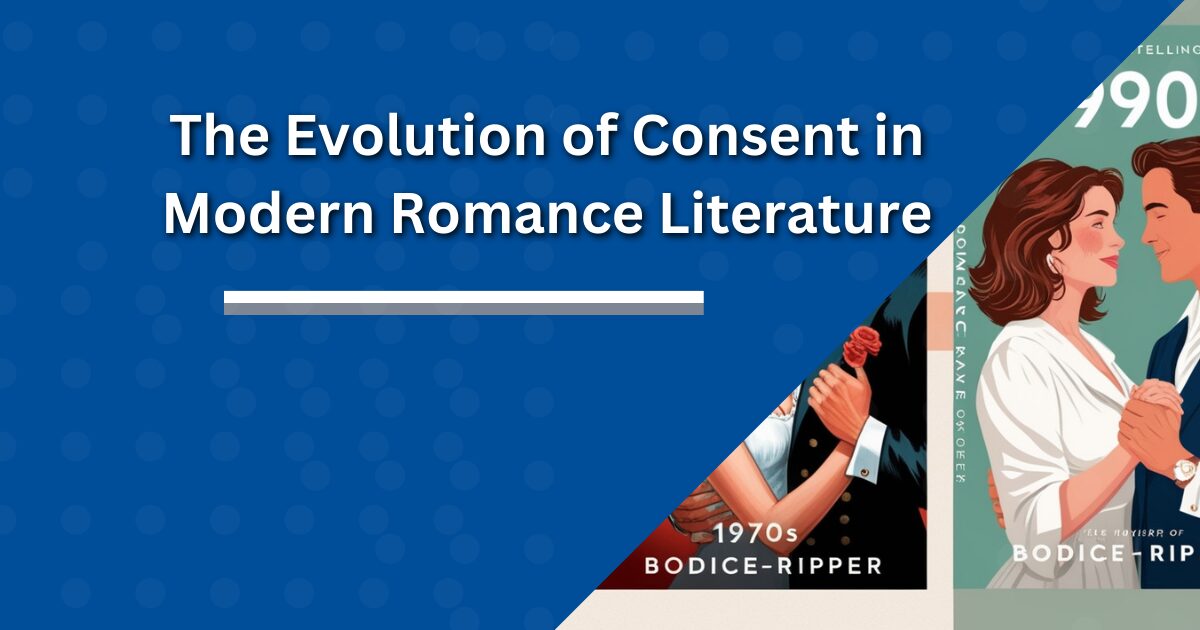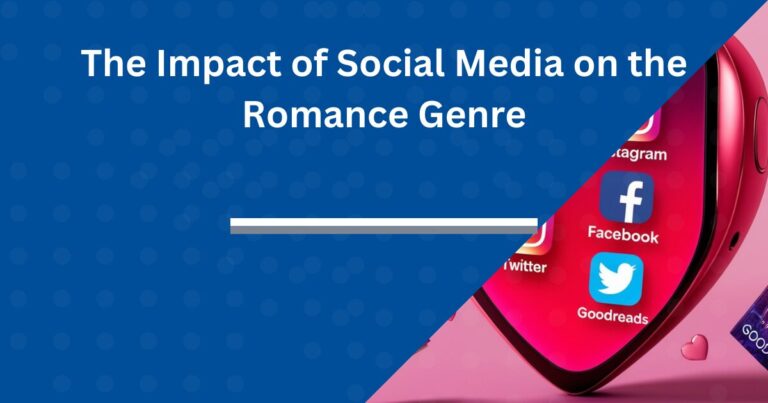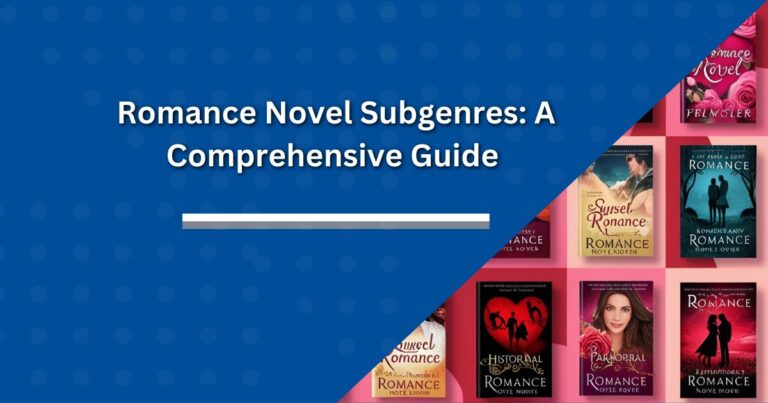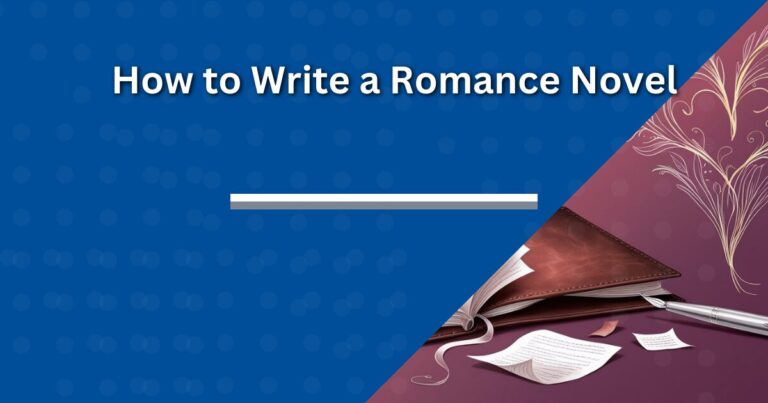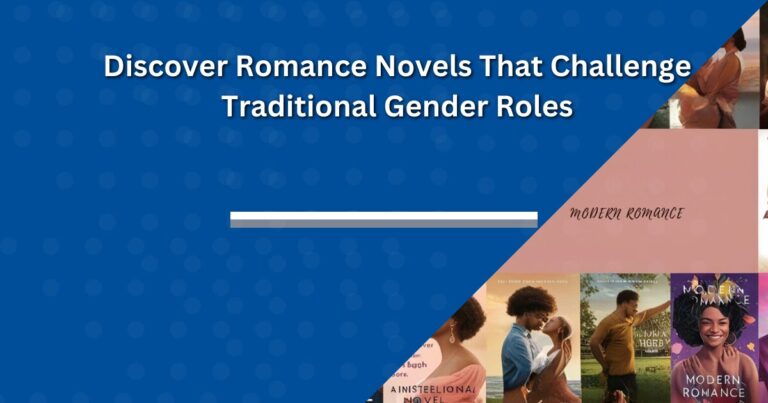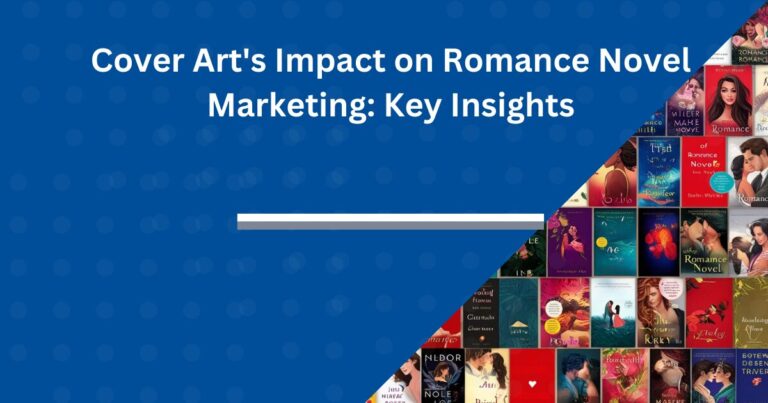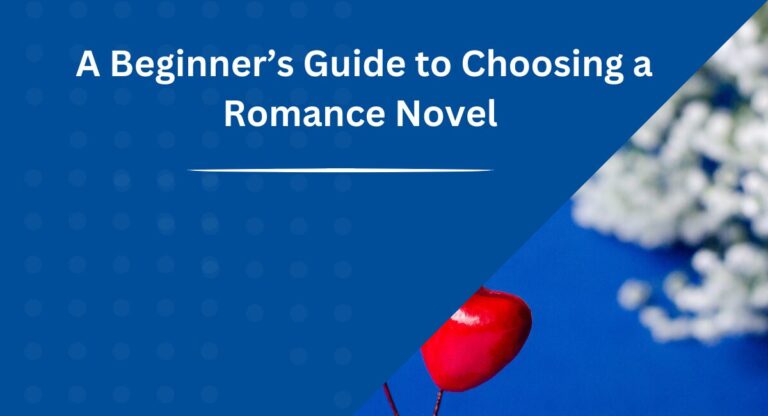Evolution of Consent in Romance: Literary Trends & Impact
Are you aware that numerous romance readers consider diverse relationships’ representation necessary in their favorite novels?
Welcome to the fascinating world of consent in romance literature. This article goes deep into how this essential aspect has changed over time, affecting not only our books but also our cultural understanding of relationships.
From bodice-rippers to enthusiastic consent, we’ve come a long way and there’s still a long journey ahead.
If you have a favorite romance novel nearby, let’s go through how power dynamics on the page reflect and affect real life.
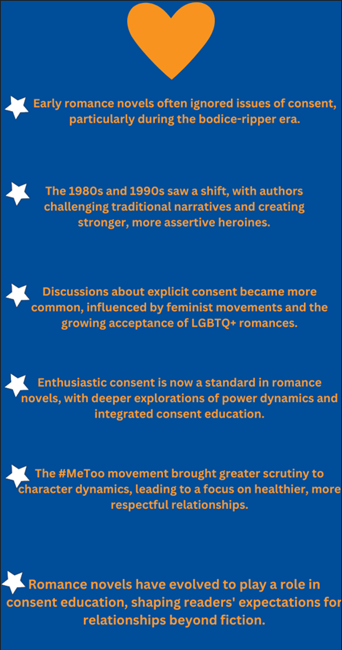
Evolution of Consent in Romance Novels: Key Points
- Consent problems occurred often during early novels.
- The bodice-ripper era disregarded or glossed over non-consent.
- 1980s-1990s: Authors began challenging traditional narratives.
- Stronger, more assertive heroines emerged from feminist movements.
- More open conversations about explicit consent began to occur.
- Wider acceptance of LGBTQ+ romances influenced wider consent discussions.
Current trends:
- Enthusiastic consent is now deemed mandatory.
- Power dynamics are explored in more depth today.
- Consent education can be found integrated within the stories themselves at times.
#MeToo impact:
- Greater scrutiny of character dynamics.
- Heroines who are more empowered and heroes who are more respectful.
- Relationships that depict healthy relationships became popular focus points for works produced around this time period.
- Consent differs across genres (contemporary, historical, paranormal).
- Romance books now play a role in consent education.
- These changes, among other shifts, have helped shape readers’ expectations beyond fiction.
🔑 Takeaway: Romance novels have evolved to promote healthier, more respectful relationships.
The Historical Context of Consent in Romance Novels
Where should I start? When I think back to some of the earlier romance novels I read, I can’t help but cringe a little bit.
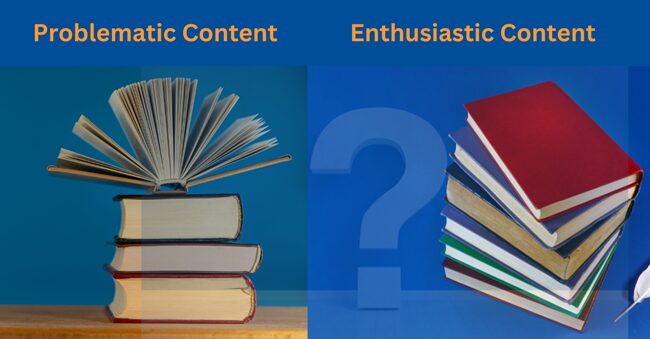
Don’t get me wrong – they were dearly loved at the time, but looking back on them through my present eyes is like watching a cheesy 80s movie and wondering how we ever thought this was okay.
Back in the day, consent in romance novels was…well, let’s just say it was complicated. Many classic romance stories featured what we’d now consider dubious consent at best.
Innocent and naive heroines while heroes were domineering and forceful. It was all about the chase and eventual surrender.
I remember reading one particularly popular novel from the 1970s where the hero basically manhandled the heroine into submission. At that moment, I mistook it for being passionate or exciting.
And now?
I want to get inside that book, track down that guy, and give him a good talking-to about boundaries.
However, the “bodice-ripper” era of the seventies and eighties took this concept to another level altogether. These books were known for their sexually explicit content and often portrayed heroes who bordered (or sometimes went beyond) abusive behavior.
It was believed that the love of the heroine would “tame” her mate whilst his aggressive actions were only manifestations of his fervent desire towards her.
Lord!
Yet these portrayals mirrored societal standards of the time as problematic as they were.
With women still fighting for equality in different aspects of life, these novels provided an outlet for desires and sexuality even though they are built on flawed frameworks somehow.
As society began to change, so did romance novels. That was also when authors started challenging those traditional stories in the late 1980s and 1990s.
Nora Roberts and other writers started creating heroines that are more assertive and heroes who respect their partners’ boundaries. It was not perfect, but it showed progress.
Judith McNaught’s ‘Whitney, My Love’, published in 1985, is one such book that remains etched in my memory. There was a chapter initially that many readers found objectionable.
In the later editions, McNaught revised the scene to show an evolving understanding of consent within the genre. This change sparked many debates among the romance community concerning the portrayal of consent and the responsibility of authors.
The evolution of consent in romance novels is a reflection of our changing society when we look back. As women gained more rights and agency out there, so did fictional heroines become powerful and strong too.
It only goes to prove how literature can be used to reflect cultural norms while simultaneously being its maker.
Turning Points for Consent Representation
Okay, let’s move forward some years at least to see some turning points in how consent has been portrayed in romantic books. This is where things start to get really interesting.
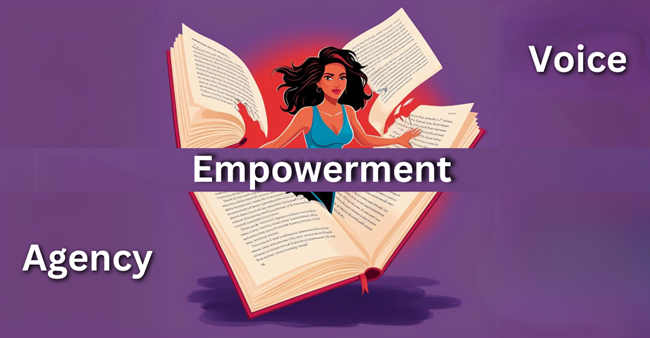
A moment I’ll never forget was when I first read a romance novel that explicitly discussed consent. This was sometime around the early 2000s as far as I remember. I could not believe it happened because, at one point, he asks her if she wants him to stop before proceeding any further with their lovemaking session?
What?
Books can have such things?”
Feminist movements that came up by the late 20th century through the early part of the 21st century affected romance writing greatly.
Writers began making characters who possessed both strong personality traits as well as had ability to voice out their desires or even put limits where necessary.
No longer will you find them being delicate flowers waiting to be plucked. These new heroines knew what they wanted and would not hesitate to ask for it.
I attended a writers’ conference where this shift was a hot topic. “We’re not just writing love stories anymore. We’re writing empowerment stories” said an author that has stuck with me since then.
This led to changes in consent dynamics within the storylines as well as the plots of romance novels.
Instead of being passive recipients of the hero’s desires, these heroines became active participants in their romantic and sexual relationships. It was so refreshing and honestly more real.
Now let us tackle the most interesting part; when explicit consent conversations started coming up in romance novels. And I’m not just talking about those quick “is this okay?” moments (though they are important too).
Boundaries, Comfort Levels and Preferences
When I read that scene for the first time, I shouted ‘Yes!’ loud enough to get my cat to look at me; funny – but it didn’t matter.
It seemed like the stories hit a new level of closeness with these discussions. This is to say, when it comes to consent, it’s about time that we understand that talking can be an act of romance and not something that makes us feel awkward or kills the mood.
As an educator, this cannot be overstated. These books taught readers that communication is vital for a healthy relationship both within and outside the bedroom.
However, I cannot forget to mention the great role played by LGBTQ+ romance in re-conceptualizing narratives on consent as turning points.
These narratives often explore other forms of power structures and the importance of clear conversations which are sometimes less important in heterosexual romances.
The first LGBTQ+ romance novel that I read drew my attention to how much concern was given regarding consent. It made me notice what needs to change in this genre generally through such narrations.
LGBTQ+ romantic texts’ emphasis on communication terms has affected broader genres of romantic materials positively.
These changes have revolutionized the face of romance literature. The stories were transformed from those where consent was not explicitly stated into ones where it forms part of the narrative.
In reality, though, looking back at the path we took, we have come a long way. Believe me; as a reader and former teacher myself, this change is one that thrills me.
Current Trends in Consent Portrayal
Gosh!
We have come so far now.
There are days when I still feel like we are living in the 2000s but looking at how far romance novels have come, especially in relation to matters dealing with permission; there has been significant progress made as well.
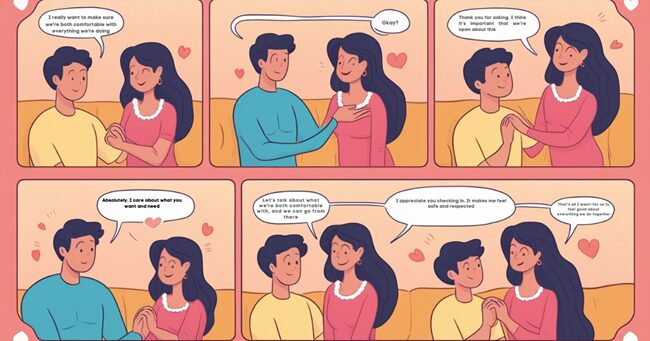
Nowadays, enthusiastic approval cannot just be considered nice-to-have within romantic novels – it’s practically mandatory. And let me tell you, it’s about time.
Just recently, I read a New York Times bestseller where, for an entire steamy scene, characters simply told each other what they liked and didn’t like. It was hot though respectful at the same time, and it was so refreshing.
However, steamy scenes are just one aspect of this issue. Modern romance novels address power relationships and consent throughout relationships of various kinds.
I have recently read a workplace romance where the characters had to navigate through complex boss-subordinate relationships. The writer did not avoid talking about the consent aspects that emerge from this connection and therefore makes it more intriguing.
One trend in particular that really excites me as an educator is integrating consent education into romantic storylines.
Some authors cleverly incorporate important messages about consent within their stories without sounding too authoritative.
In one young adult romance novel, students were shown attending a consent workshop organized by one of their colleges. It was not boring, but informative; furthermore, it enhanced interactions in this narrative.
Of course, with these changes in portrayal come new reader expectations.
The book club I belong to had been discussing how we are now all expecting clear enthusiastic consent when reading any romances. If such requirements were missing, it felt… wrong somehow. Like something was absent.
This shift has also been noticed by publishers. Many of them now have specific guidelines on how consent should be portrayed in the books they publish.
My friend who writes romance novels told me that her editor gave back the manuscript with suggestions to include more explicit conversations about consent.
How awesome is that?
Well, here’s the thing – it’s not always smooth sailing. Writing about realistic yet romantic sexual situations is difficult. I have read some books where the authors tried to make their characters talk about consent and it really did seem like talking about nothing in particular.
But guess what?
I still think it’s better than ignoring this issue entirely.
One area in which I believe we could do better is addressing different scenarios where consent becomes complex.
For example, how do you handle consent in a paranormal romance where one character has mind-reading abilities?
Or a historical romance set during a period when women had few rights?
These are questions being asked by authors today, and I can’t wait to see how they answer them.
However, overall, I am happy with the way consent is being treated in romance literature these days. They are not just enjoying us but teaching us also while promoting healthy relationship dynamics. And as far as I’m concerned (pun intended), that is an amazing outcome.
The Influence of the #MeToo Movement on Romance Literature
Alright, let’s address the elephant in the room – or should I refer to it as a hashtag that changed everything?
The impact of the #MeToo movement was felt in almost all spheres of our culture, including literature, particularly romantic novels.
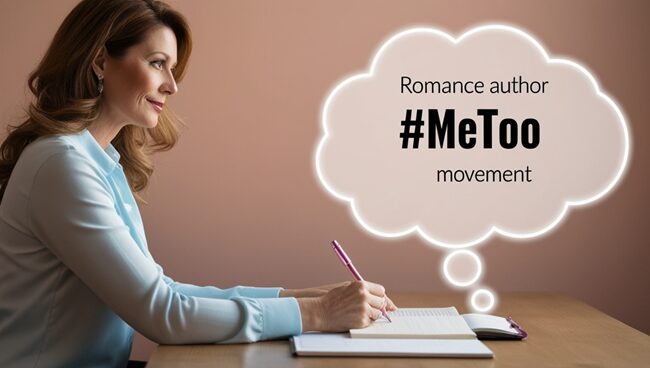
When #MeToo trended on social media, I can clearly recall my location at that time; working on assignments at my favorite coffee shop and, suddenly, my Twitter feed was filled with stories concerning harassment and assault.
It felt overwhelming. It was eye-opening and also a little terrifying too. Yet, at the same time, it was empowering to see so many people speaking out and demanding changes.
In the genre of romance novels, #MeToo became a game-changer. All at once, storylines and character interactions that were previously normal were being looked at in a different manner.
I had heated discussions with my book club about whether we could still enjoy our old favorite novels in the same way.
Different authors reacted to the movement in various ways. Some now write more explicitly about consent within their works. Others have reworked older stories to address problematic representations.
I even heard about one writer who threw away his whole draft and started again because she realized that the power dynamics depicted there no longer fit into a post-#MeToo world.
One of the biggest changes I’ve observed has been in how characters are portrayed.
“Alpha male” protagonists are now more frequently shown as loving partners who respect their lovers’ boundaries during romance scenes.
What about heroines?
They are stronger than ever before; taking charge of sexual and romantic encounters instead of waiting for men to make their move.
The point of this text is to show that the romance genre has changed a lot recently, as seen in the novel where the lady called out her lover on assuming her desires. It was just a small part but it spoke volumes about how far that genre has come.
Actually, five years ago, this scene wouldn’t be here.
Yet, reader reactions have been mixed with most showing positive responses. I have read so many readers’ comments on book forums where they are relieved and happy to see healthier relationship dynamics in their favorite genre.
Nonetheless, there are always a few who prefer “old school” but according to my observation, they stand in the minority.
This paradigm shift has also led to authors paying attention to male consent within these novels influenced by MeToo campaigns.
I recently read a book where the hero was portrayed as a survivor of sexual assault and the story dealt sensitively with his journey towards healing and trusting in intimacy again.
It was heart-rending stuff that showed how consent is being viewed from different perspectives within this genre.
Moreover, romance writers at large have had significant discussions arising from the #MeToo movement.
In fact, I attended a panel at an author-led book convention where one of them said something that will stay with me forever: “We can change our reader’s perspective of love and respect through our books”.
There is no taking such responsibility lightly.”
It’s not all joy rides though since there are controversies surrounding whether sanitizing romance has gone too far or not enough.
On one hand, some say that political correctness is killing the genre whilst others say it’s still not dead yet.
Just like any other major shift in culture, achieving balance remains a work in progress.
However, despite its challenges, I am convinced beyond reasonable doubt that the #MeToo movement has brought more positives than negatives into romantic literature because it called upon authors, publishers, and readers alike to question their own assumptions as well as prejudices.
It has encouraged more nuanced and respectful portrayals of romantic relationships. More importantly, it encourages a culture of consent amongst the readers as well as in the world at large.
This influence will keep shaping the genre for years to come, and as both a reader and educator, I am excited to be part of that. After all, what could be more romantic than mutual respect and enthusiastic consent?
Consent Across Romance Subgenres
Ready?
Let’s go on a whirlwind tour through romance subgenres’ approach to consent.
It sounds much less interesting than it actually is.
Firstly, let’s see the contemporary romance genre which I believe is where we can find some of the most progressive portrayals of consent.
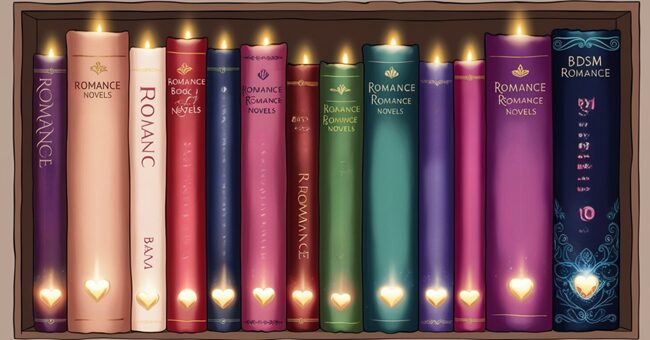
In these settings that are based on day-to-day life, authors can openly discuss boundaries and what people want from each other.
I once read a novel where they had a shared Google doc where they outlined their kinks, dislikes, and hard limits.
Sexy spreadsheets anyone?
However, historical romance has its own issues around giving or even asking for consent.
How can one balance modern sensibilities with historical accuracy?
It’s difficult to balance. I don’t know how some authors manage it so well. One of my favorite historical romance novels had a hero who was really ahead of his time in terms of respecting the autonomy of the heroine.
There was an authentic feeling about it but still managed to keep up with our modern understanding of consent.
Now, paranormal romance is where things get really interesting. Power dynamics are not simple when one deals with vampires, werewolves, and other supernatural beings.
I once read a shifter romance novel that raised a lot of questions about mate bond and consent while we discussed issues around free will and predestination in an online book club.
Paranormal romance can be very philosophical!
Let’s address something people are afraid to talk about – or should I say the handcuffs?
However, since these relationships often involve elements of non-consent, BDSM romance has always been explicit as far as informed consent is concerned. These stories center on safety, sanity, and consensus.
However, the portrayal of consent in BDSM romance has evolved too.
No longer are we looking at naïve heroines being groomed into the lifestyle by dominant men; instead, more stories now depict experienced individuals who negotiate their power dynamics openly.
Another sub-genre dealing with consent is the dark romance. There is often controversy surrounding these stories which often involve fantasies. Some might interpret them as dubious-consenting or non-consenting ones, at times.
Romance readers have debated whether or not books like this are problematic or if they provide an outlet for exploring complex fantasies in safe environments.
For me, they have their place as long as they aren’t glorifying abusive relationships and are clearly labeled otherwise-they just aren’t simple though.
One area I’ve seen where there have been really fascinating changes is how newer subgenres in romantic literature have focused on consent as a theme/issue/concern/problem?
There are now books entirely centered around the negotiation of consent and boundaries.
There was a book where the characters didn’t even kiss until they’d learned each other’s needs through an entire novel of trust building. It was surprisingly interesting.
What about cross-cultural perspectives on consent across subgenres?
Consent in relationships is being viewed from different cultural angles, as romance increasingly becomes more globally diverse.
I read a Bollywood-inspired romance that dealt with the complexities of arranged marriages and consent. It opened my eyes to how cultural expectations can influence these dynamics.
One trend I’m loving is the increased representation of asexual and demisexual characters in romance.
These stories often focus on emotional intimacy and non-sexual forms of consent, which adds a whole new dimension to the genre.
At the end of the day, what I’ve learned from exploring consent across romance subgenres is that there’s no one-size-fits-all approach.
Each subgenre has its own challenges and opportunities when it comes to portraying consent. But across the board, I’m seeing a trend towards more nuanced, respectful, and explicit discussions of boundaries and desires. And in my book, that’s a happily ever after worth celebrating.
The Impact on Readers and Society
Phew!
We’ve covered a lot of ground, haven’t we?
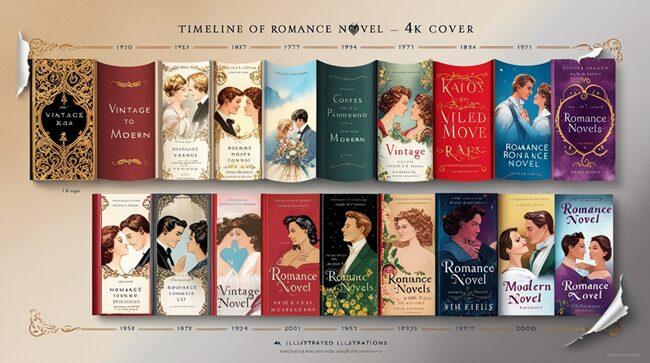
But here’s where it all comes together – the impact of these changing consent narratives on readers and society at large. Buckle up, because this is where things get really interesting.
First things first – let’s talk about how these evolving consent narratives are shaping reader expectations in real-life relationships.
I can’t tell you how many times I’ve heard friends say things like, “Why can’t I find a partner who communicates as well as the heroes in my romance novels?”
It’s both hilarious and kind of awesome. These books are setting a new standard for respect and communication in relationships.
I was chatting with a student a few years back who told me she’d never really understood what enthusiastic consent looked like until she read it in a romance novel. It sparked a lightbulb moment for her about her own relationships.
That’s the power of these stories – they’re not just entertaining us, they’re educating us too.
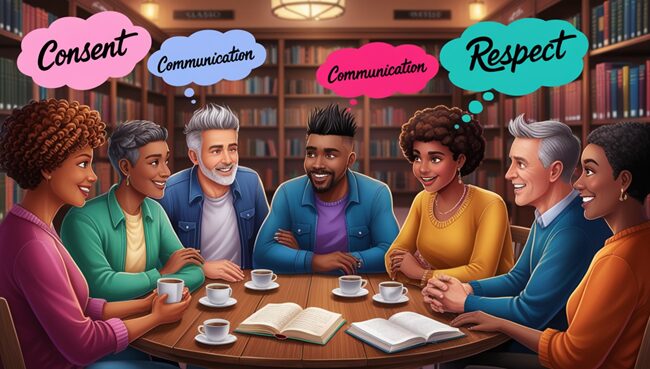
Final Thoughts
As we close the chapter on our exploration of consent in romance literature, it’s clear that the genre has undergone a remarkable transformation.
From problematic past portrayals to the enthusiastic consent of today’s novels, romance has both reflected and shaped our cultural understanding of healthy relationships.
The evolution continues, with authors, readers, and publishers working together to create stories that are not just swoon-worthy, but also respectful and empowering.
So, the next time you pick up a romance novel, take a moment to appreciate how far we’ve come – and imagine the exciting possibilities for the future of love on the page and beyond.
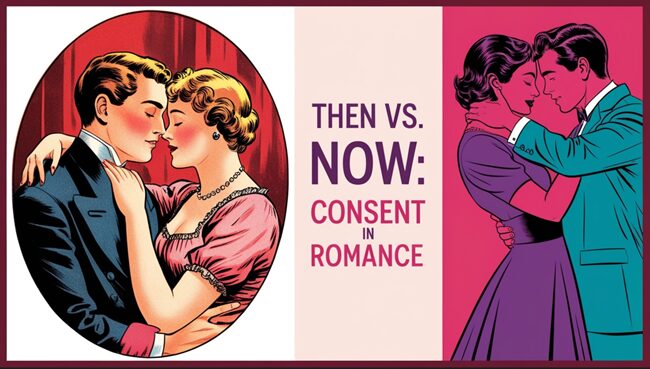
What role will you play in shaping the next chapter of consent in romance?
FAQs
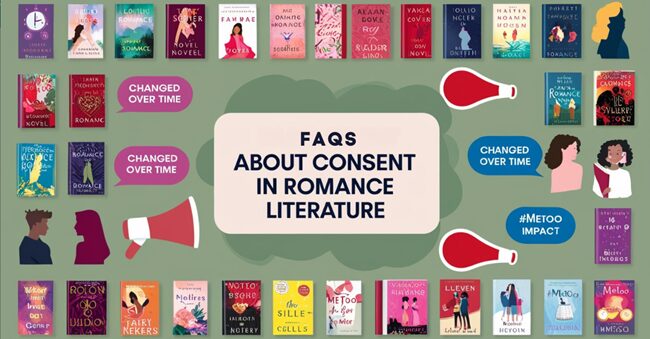
How has consent in romance novels changed over time?
Consent in romance has evolved from implied or ignored to explicitly discussed. Modern novels feature enthusiastic consent, open communication, and respect for boundaries.
This reflects changing social norms and increased awareness of consent issues.
What impact has the #MeToo movement had on romance literature?
The #MeToo movement led to more explicit consent discussions in romance novels. Authors now focus on creating respectful heroes, empowered heroines, and healthier relationship dynamics.
It’s sparked important conversations about responsibility in portraying love and respect.
How do different romance subgenres handle consent?
Consent varies across subgenres.
Contemporary romance often includes explicit consent conversations. Historical romance balances accuracy with modern sensibilities. Paranormal romance explores unique power dynamics. BDSM romance emphasizes negotiation and clear boundaries.
Are romance novels helping to educate readers about consent?
Yes!
Many romance novels now include positive examples of consent, communication, and healthy relationships.
They show readers what enthusiastic consent looks like and why it’s important, helping to shape expectations for real-life relationships.
How can I find romance novels with positive consent representation?
Look for newer releases, especially those published after 2017. Check reviews for mentions of consent or healthy relationships.
Follow romance bloggers who focus on progressive themes. Some publishers now have specific guidelines for consent representation.
